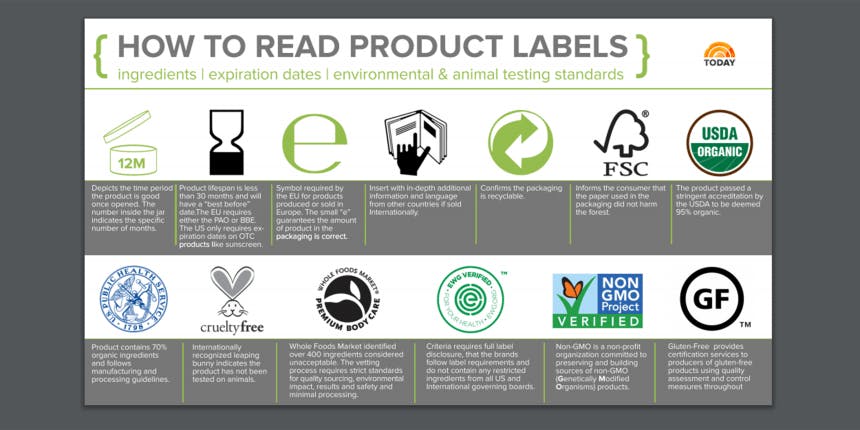In our recent podcast episode with Tood CEO, Shari Siadat, she shares a wonderfully profound and powerful message with all of us - everyone deserves to feel beautiful. Shari created a makeup brand called TooD (a derivative of attitude) that is both breaking the barriers of big beauty standards and focusing on eco-friendly products more than other companies ever have.
The Clean Beauty Industry
As environmental awareness becomes increasingly popular, along follows giant industries such as the beauty industry. According to Statista, the beauty industry generated a revenue of 49.2 billion dollars in the United States alone in 2020. This is a huge market with a lot of customers. Due to the sheer size of this industry, this market can also be a great place to instill change moving forward. Thus, the clean beauty industry emerged quite some time ago. However, in more recent times, clean beauty products are becoming more in demand than before.
Even though there is a shift in the beauty industry towards clean products, not all clean standards are the same. Here is a list of what clean beauty products should be comprised of:
Non-toxic ingredients: This should go without saying because who would ever put toxic ingredients into products that are going on your skin? Well, the truth is, most of the standard beauty products on the market have ingredients that are toxic and can cause hormonal disruptions. Below are some common ingredients that are very harmful to your body that you should actively avoid:
- Formaldehyde: Crazy enough, this chemical that is used to preserve organs and is a known carcinogen, can be found in common products such as eyelash glue and nail polish. Luckily, this ingredient is starting to become banned in major U.S. stores.
- Synthetic fragrances: When a product has the ingredient “fragrance” listed, this basically means that anything could be used but it isn’t legally required for the company to say what it is. It is best to just avoid this when possible.
- Parabens: This is a common ingredient to see on a clean beauty product advertisement - “Paraben-Free”. Although small amounts of this chemical is considered to be safe by the EU and the US government, it is best to avoid this ingredient because it has been found to cause disruption in your endocrine system.
Green packaging: Another aspect of clean beauty pertains to the way the product is packaged. Product packaging is a huge contributor to the amount of waste we generate. Therefore, look for brands that package their item as minimally as possible or use biodegradable materials. Some companies are even starting to sell their products with no packaging at all!
Ethical sourcing: The sourcing of an ingredient can encompass many different aspects such as the ingredient being organic, all-natural, palm oil-free, vegan, cruelty-free and works with fair labor conditions.

Where do you go from here?
Knowing what products to buy in order to avoid harsh chemicals and unethical ingredient sourcing can seem very daunting, especially with all of the marketing we see in our daily lives. Here is a short list of ways that you can buy cleaner products:
- Use databases to find how toxic the products you are using are. My favorites are EWG’s Skin Deep and the ThinkDirty App. You can search the barcode or the name of your product and it will rank the ingredients for you.
- Pay close attention to the ingredients that are listed on the product you are buying - not just the marketing on the packaging. A lot of the time, a product will be listed as green or eco-friendly, but if you look at their list of ingredients, it doesn’t actually fit the criteria of clean beauty.
- As a rule of thumb, I only buy products where I can actually read the list of ingredients and actually understand what the ingredients are. For example, I recently bought a moisturizer and I chose that product because I knew what each ingredient was. If the list is very long and has a lot of names that I don’t understand, I generally will choose something else.